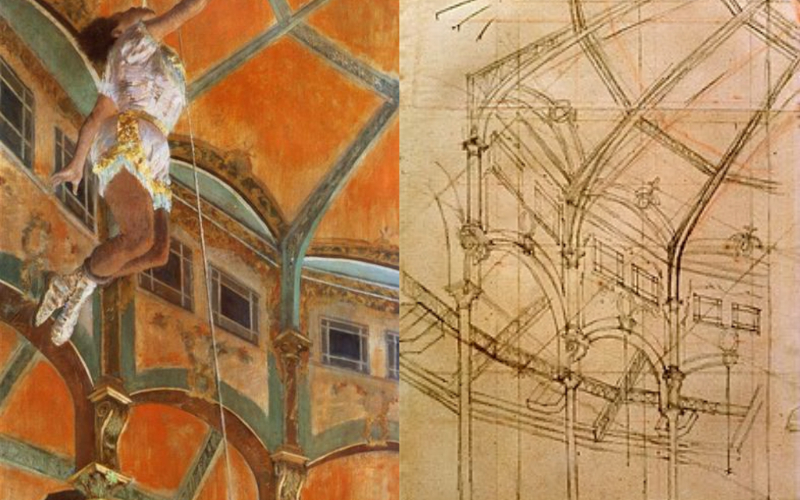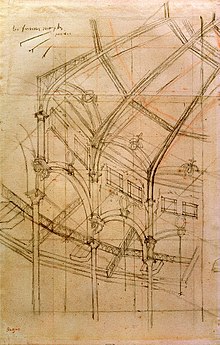Edgar Degas, a French Impressionist, painted Miss La La at the Cirque Fernando in oil on canvas. It was painted in 1879 and is now in the collection of the National Gallery in London.
It was displayed at the Fourth Impressionist Exhibition in Paris the same year it was painted. The sole depiction of a circus by Degas, and the only person of color who can be identified in any of his works is Miss La La.
This work of art is significant, well-liked, yet at the same time contentious due to Miss La La’s unique identity and the extraordinary abilities Degas utilized to capture her act in the circus.
Between January 19 and January 25, 1879, Degas made at least four trips to the recently opened Cirque Fernando. Miss La La’s performance, a mixed-race acrobat known as la femme canon, was the main event.
Her most impressive stunt, in which she fired a cannon strung on chains while swinging from a trapeze, hooked at the knees, earned her the moniker.
During his visits, Degas drew a ton of sketches in his notebook, and at least four pastel studies later. He meticulously planned the positions, composition, and color scheme of his finished painting using these sketches.
Depiction of the painting
The image depicts Miss La La holding a rope tight between her teeth as she hangs from the circus dome’s rafters. Degas’s general concern in capturing ephemeral moments is congruent with the scene’s impression of suspended animation.
The sole painting of a circus by Degas is this one. The audience observes the show as the audience would have, gazing up at the risky feat taking place above, unlike his contemporaries Henri de Toulouse-Lautrec and Georges Seurat, who put more emphasis on the action inside the ring and the audience’s emotions.
Degas carefully considered and created the pose of Miss La La. In his earlier research, he experimented with Miss La La’s frontal view rather than her profile aspect.
Miss La La’s position on the posters promoting her performance is reflected in the sketches, where her head is turned backward to shield her face from the audience. But as time went on, Degas switched to the profile view, adding more arcs and curves as well as more motion.
According to some academics, this position is similar to contemporary ethnographic photography because the profile angle renders the lady “a representation of the race.”
Degas depicts her in the profile view to show that she is more than just a performer and stands in for working-class and women of color.
Degas may have painted a dramatically foreshortened figure to resemble the wide ceiling paintings by Italian artists like Giovanni Battista Tiepolo, which he may have seen on his journeys to Italy.
Composition
Degas, an impressionist, demonstrated a keen interest in capturing fleeting moments using his distinctive composition.
The characters are not always in the center of the canvas in his paintings of dance. Instead, they are placed in the corners or on the sides, leaving the middle space free.
While some academics have asserted that he learnt this technique from photography, others have countered that no early images with similar compositions have been discovered and that photographic exposure periods were not yet brief enough to capture such transitory effects.
The spatial relationships between Miss La La and the architecture were meticulously established by Degas. She appears suspended in midair, yet the background’s interlocking lines create a web that helps anchor her place in the picture.
The composition contains a lot of vertical and diagonal lines but no horizontal ones, which gives the image a feeling of movement and tension.
The perspective from below has been seen as a reversal of the publicly anticipated hierarchical relationship between the predominantly white audience and the mixed-race artist.




